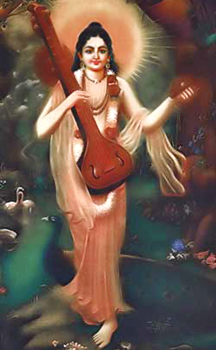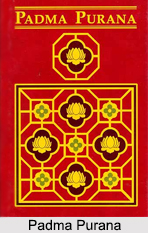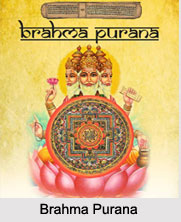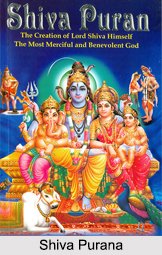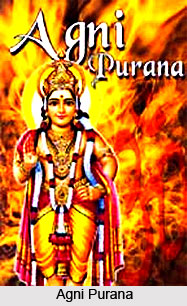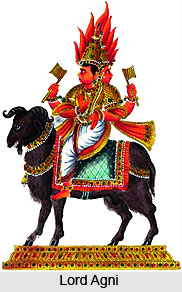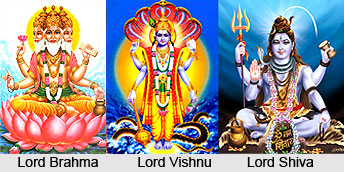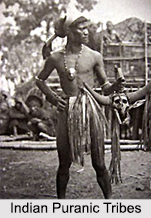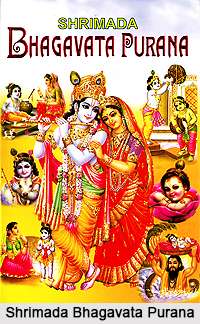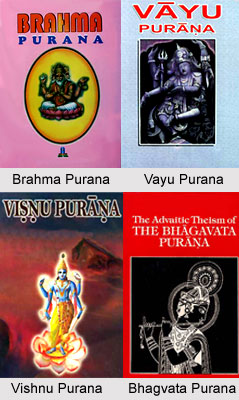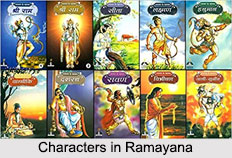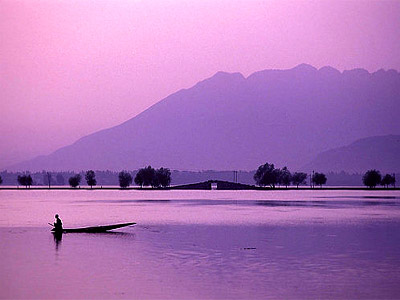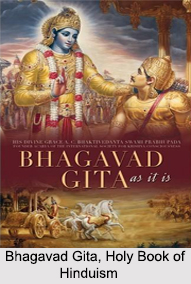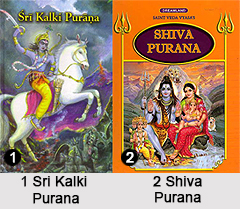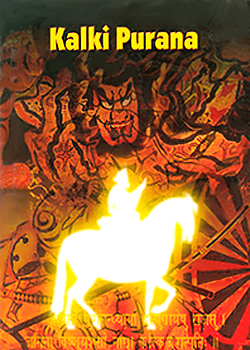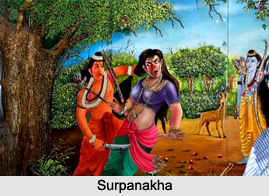In the epic Ramayana, Khara is mentioned as a demon or a man-eating Rakshasa. Khara is the cousin brother of Ravana.
Khara, the powerful demon used to terrify the Rishis and sages living in the forest. Lord Rama was asked to assist and protect the Rishis living in the forest. Khara was allocated and given the charge by Ravana to rule this area. Khara and his army would kill rishis, disorder their yajnas, undertake sinful activities, and dominate the people.
Once Surpanaka, a demoness and the sister of Ravana was passing by Panchawati. She observed Rama, Sita and Lakshmana passing through the forest. She tries to praise and seduce Lord Rama. Rama tells her that he is married and committed to Sita, but if she wishes she can go ask Lakshmana, his younger brother. Lakshmana tells Surpanaka that he is his brother`s slave. Surpanaka feels insulted and warns to kill Sita. Then Lakshmana infuriated, cuts her nose. To take revenge, she went to her cousin brothers, Khara and Dushaan.
Khara and Dushaan with more than fourteen thousand comrades of powerful rakshasas attack Rama. Rama tells his younger brother Lakshmana to guard Sita. Then Rama all alone demolished the rakshasas. He then kills Khara and Dushaan.
This article is a stub. You can enrich by adding more information to it. Send your Write Up to content@indianetzone.com


